Bring on the rasquachismo
San Antonio museum gathers playful Chicano art for chaotic exhibit
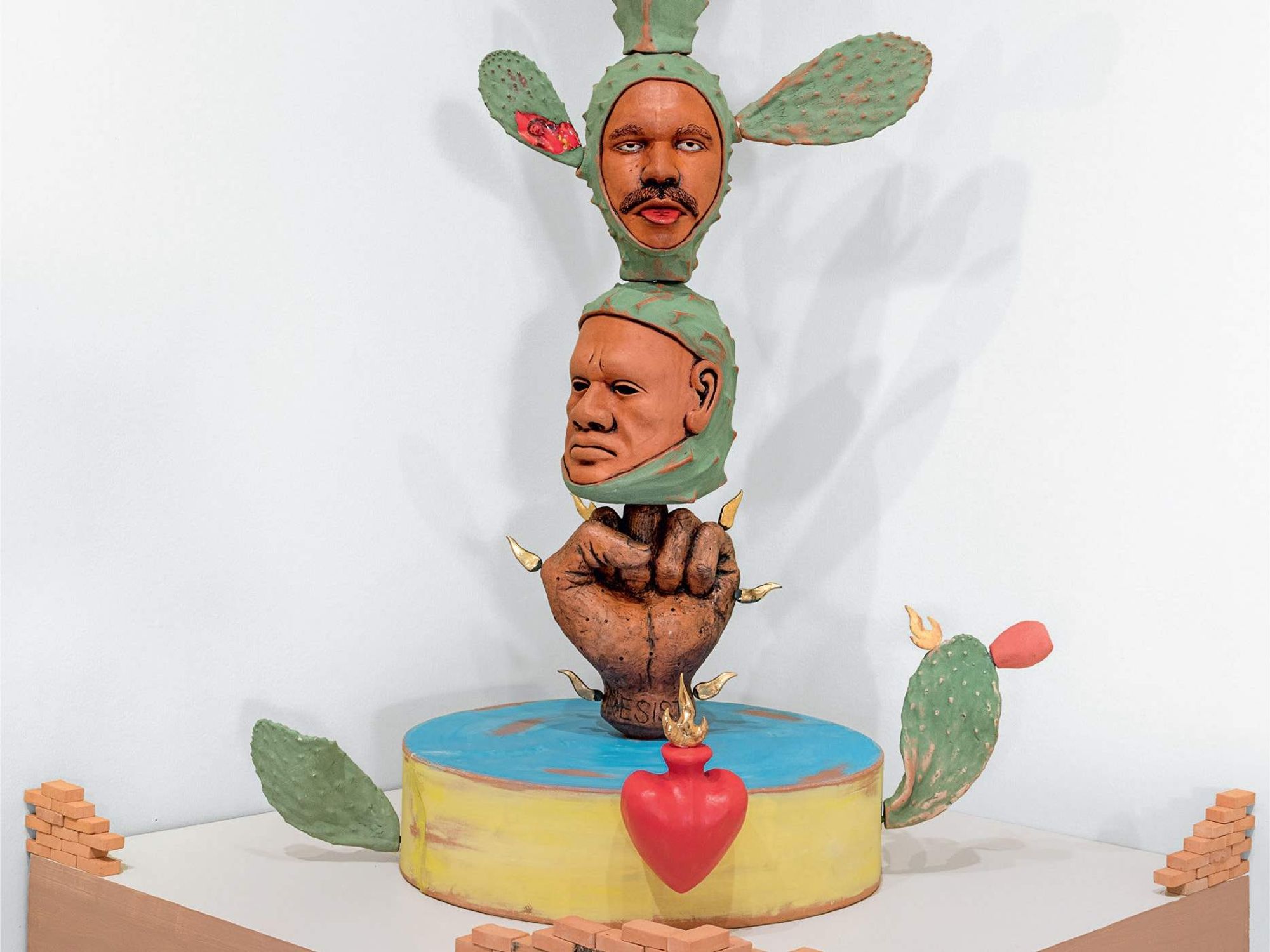
“La resistencia de los nopales híbridos / The Resistance of Hybrid Cacti,” 2016, by Salvador Jiménez Flores.
Museums may largely be imagined with pristine exhibits and austere art, but San Antonio's McNay Art Museum is dipping into an inherently practical and irreverent Mexican-American aesthetic for its next exhibit. Rasquachismo: 35 years of a Chicano Sensibility celebrates art inspired by homes, lawns, flea markets, and more from December 19 to March 16.
Rasquachismo is a term referring to the often irreverent aesthetic of the underdog, derived from — and reclaiming — a term meaning "poor" or "vulgar." The words "resourceful" and "playful" also come up often in describing rasquache art. Think of camp or kitsch as similar, if not completely parallel, ideas.
Of course, intellectuals cannot resist trying to define this style that is inherently resistant to being nailed down. One of them, critic and scholar of Latinx art Tomás Ybarra-Frausto, coined the term in a 1989 essay called “Rasquachismo: A Chicano Sensibility," which now serves as an anchor for the McNay exhibit.
"This outsider viewpoint stems from a funky, irreverent stance that debunks convention and spoofs protocol," Ybarra-Frausto wrote. "To be rasquache is to posit a bawdy, spunky consciousness seeking to subvert and turn ruling paradigms upside down—a witty, irreverent, and impertinent posture that recodes and moves outside established boundaries."
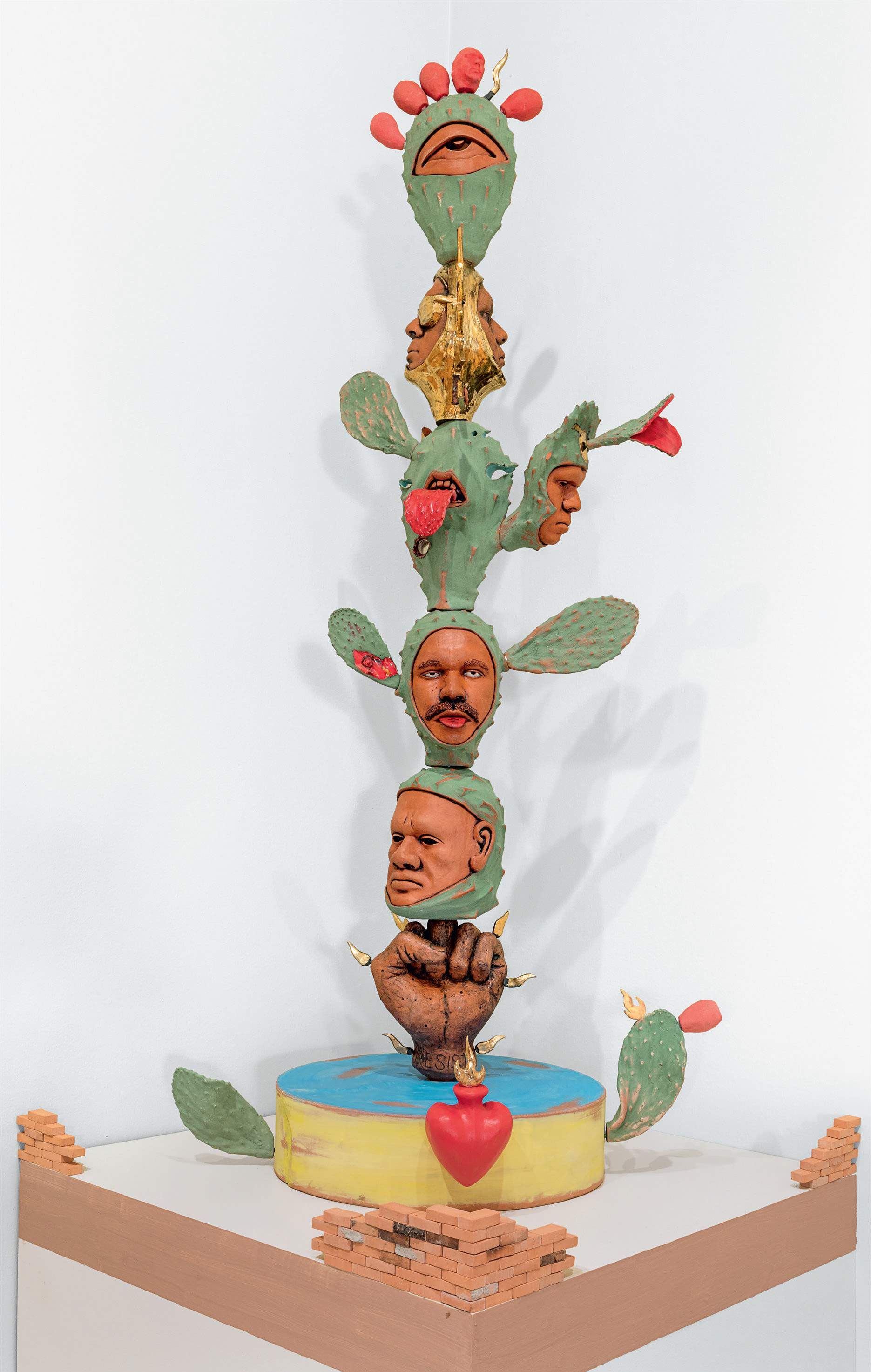
In the case of the much more easily defined museum exhibit, this will mean centering San Antonio artists who work with DIY elements and who reference aesthetics and items found on city streets, in religious shrines, in graffiti designs, and more, often incorporating found objects. Fittingly, the works won't be bound to a single physical exhibit and will instead be scattered throughout the museum.
Some of the works on display for this exhibit come from the museum's collection, by artists like Margarita Cabrera, Chelo, Luis Jiménez, Yolanda López, César Martinez, Juan de Dios Mora, Chuck Ramirez, and Kathy Vargas. Some other works are on loan from elsewhere in San Antonio and other cities.
The works will also demonstrate the related and only slightly newer idea of domesticana. Artist and curator Amalia Mesa-Bains coined it in 1992 in response to Ybarra-Frausto's essay; it refers to "aesthetic interventions of women in the domestic sphere," as the museum summarizes it.
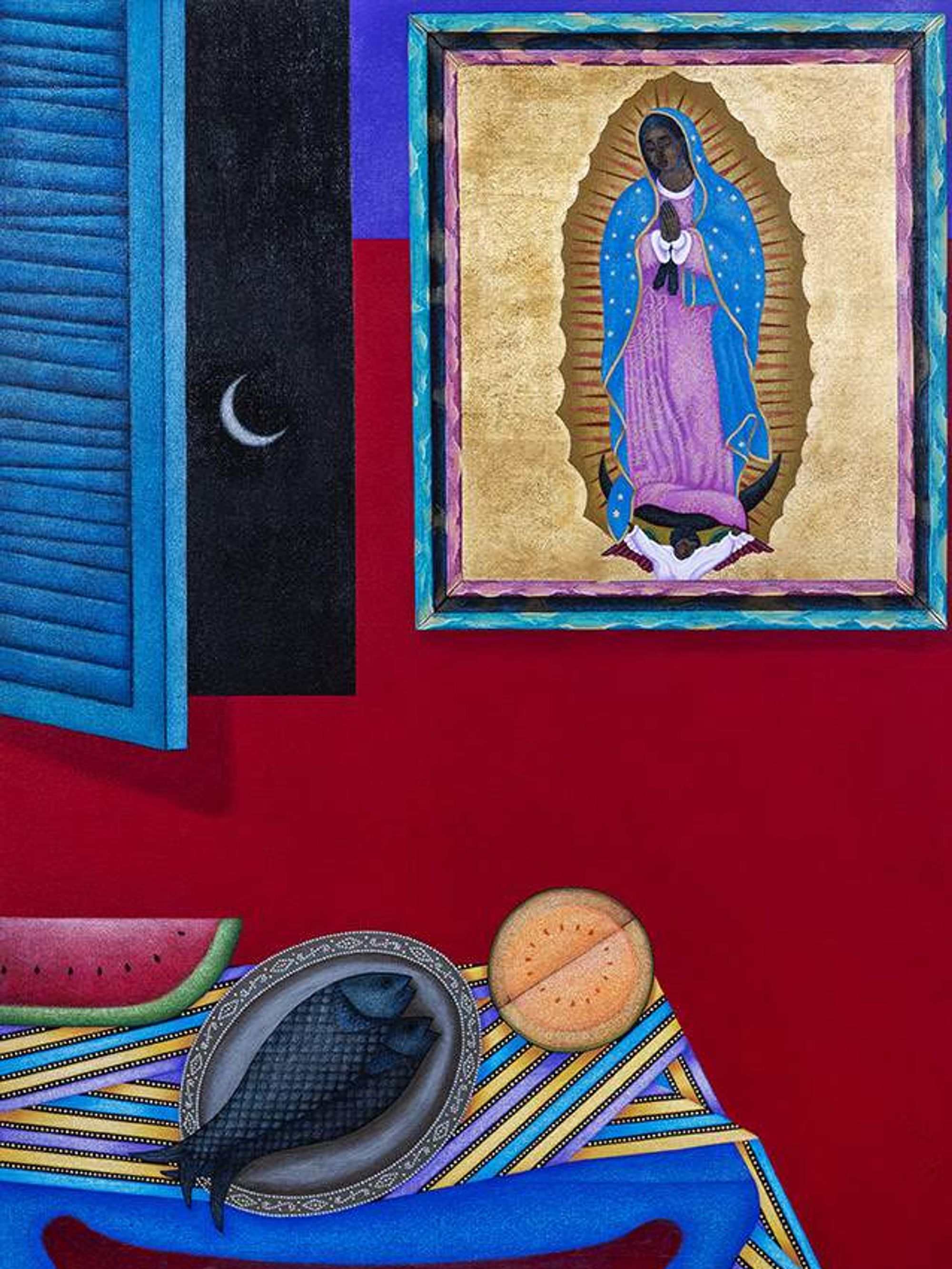
Ybarra-Frausto himself has given the exhibit his stamp of approval and has even loaned some works from his own collection. He helped shape the exhibit as a whole and has complimentary words to offer about the McNay.
“The McNay has always stood as an example of inclusivity and a celebration of diverse cultures,” said Ybarra-Frausto in a press release. “The Museum is grounded in the vision of its founder, Marion Koogler McNay, who ignited a legacy of collecting broadly a century ago — from Diego Rivera in the 1920s to Einar and Jamex de la Torre in 2024. It is heartening to have [curator Mia Lopez] mount this exhibition in honor of that legacy and in celebration of our vibrant community, whose contributions to the cultural landscape are vast and significant.”
This will be Lopez's first show at the McNay, about a year after she was hired into the brand-new position.
“Rasquachismo is not a cohesive movement but instead an ethos or aesthetic,” said Lopez in the release. “And to capture that spirit, we’re presenting this exhibition in a slightly different way.”
Just paragraphs after his initial definition in the landmark essay, Ybarra-Frausto points out the futility of putting it all into words; something that makes a museum exhibit both a fascinating attempt at the impossible and a fun way to keep turning the concept on its head.
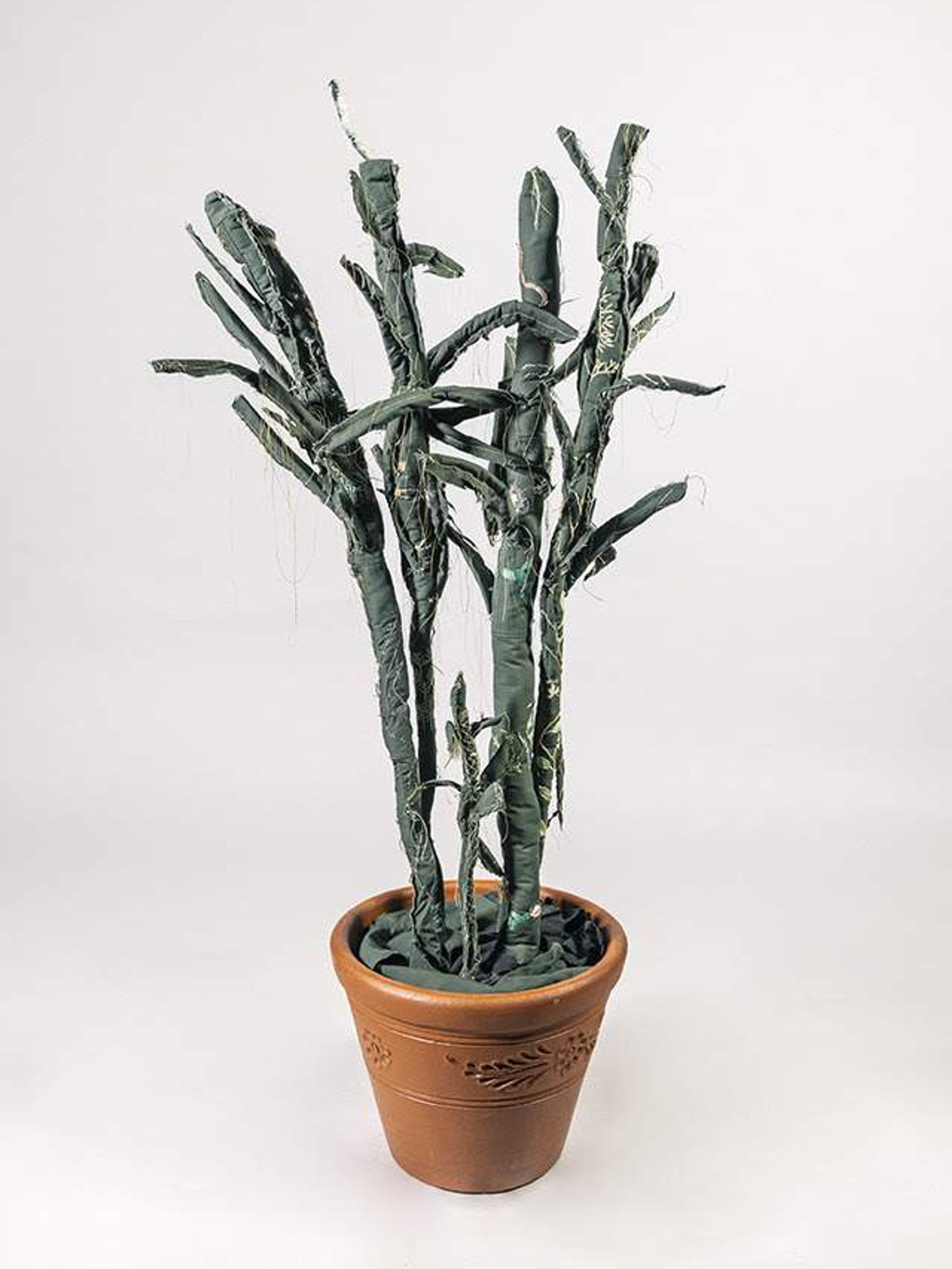
"Rasquachismo is a visceral response to lived reality, not an intellectual cognition," he wrote. "To encapsulate a sensibility into words is already a short circuit of its dynamism. What follows then is a nonlinear, exploratory, and unsolemn attempt at tracking this irrepressible spirit manifested in the art and life of the Chicano community."
For more unsolemn attempts in less complicated language, Ybarra-Frausto and Lopez will get together on November 17 at 6 pm for a public conversation at the museum.
“This exhibition is a celebration,” said Lopez. “And it’s an exploration of how Chicano and Latinx art have embodied a spirit of resilience and defiance.”
The McNay museum is located at 6000 N. New Braunfels Ave. More information about the museum is available at mcnayart.org.
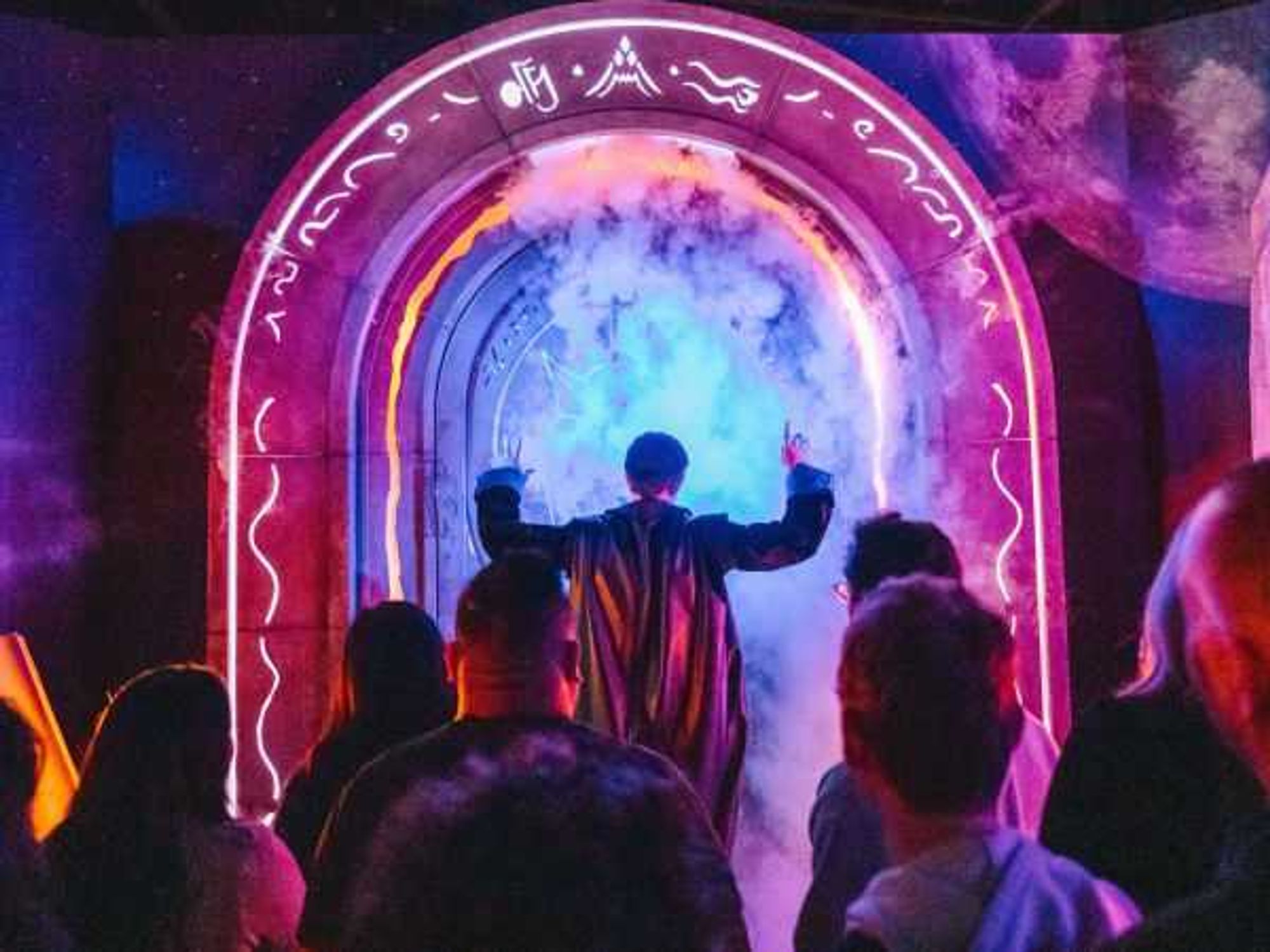
 The Dallas Cowboys Cheerleaders high-kicked their way into San Antonio in May. Dallas Cowboys Facebook
The Dallas Cowboys Cheerleaders high-kicked their way into San Antonio in May. Dallas Cowboys Facebook